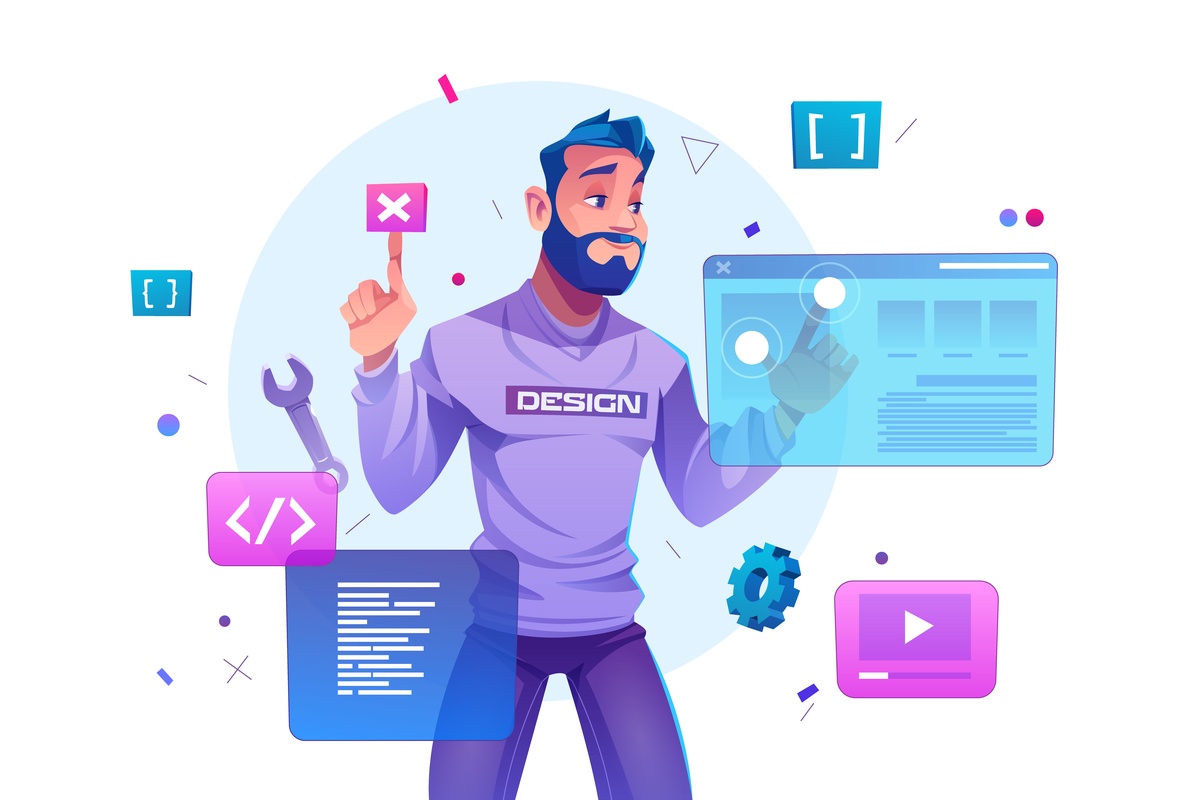Imagine surfing the internet, seamlessly swiping through social media, or streaming music effortlessly. Behind these user-friendly experiences lies a complex web of technologies weaving together, and at the heart of this intricacy, we encounter Web Sockets as well as APIs.
In today's interconnected digital universe, Web Sockets and APIs serve as crucial conduits for data transmission and communication between client and server. They empower developers to craft immersive, real-time, and interactive web applications, elevating user experiences to unprecedented levels. Therefore, in this blog, we will be focusing on the difference between a web socket and an API in simpler terms so that you can get a full understanding. So, without much delay, buckle up as we embark on an exhilarating journey to demystify the difference between these two fascinating technologies.
Let's Understand What Web Sockets are.
Web Sockets represent a transformative evolution in web communication. They establish persistent connections between a client and a server, enabling bidirectional, real-time data flow. Unlike traditional HTTP requests, Web Sockets facilitate continuous communication, allowing instant updates without repeated requests.
Imagine a chat application where messages appear instantly without refreshing the page - that's the magic of Web Sockets. Their low-latency communication fosters engaging experiences in online gaming, live stock market updates, collaborative editing tools, and more.
For instance, many chat applications, like Discord, Facebook Messenger, and even our popular chatting platform WhatsApp, use WebSockets to enable real-time messaging between users. Messages are sent and received instantly without the need for constant polling or refreshing the page. Trading platforms also use WebSockets to provide real-time updates on stock prices, market changes, and trades. This allows traders to receive instantaneous data without continuous manual refreshing.
How Does a Web Socket Work?
WebSockets work like a special kind of phone call between the client side and a website's server. Imagine instead of making a new call every time you want to talk, you use a special phone line that stays open. This means both the computer and the server can send messages to each other whenever they want, without having to dial or wait. It's like having a continuous conversation that's really quick because the line is always ready. This helps make things like real-time chatting, gaming, and getting live updates on websites much faster and smoother compared to the regular way of loading web pages.
Now, let's Decode what APIs are?
On the other hand, Application Programming Interfaces (APIs) act as gateways, enabling different software systems to communicate and share data. APIs define the rules and protocols for building and interacting with software applications. They serve as intermediaries, allowing applications to access specific features or data from other services or platforms.
APIs are the backbone of modern digital ecosystems, empowering developers to integrate services like Google Maps, payment gateways, social media platforms, and weather forecasts into their applications seamlessly.
How Does an API Work?
An API (Application Programming Interface) works like a menu in a restaurant. Imagine you're at a restaurant, and you order food by telling the waiter your choices from the menu. The menu is like an API—it lists the options you have and how you can ask for them. In the same way, an API provides a set of rules and tools for different software applications to communicate and work with each other. It lets one application ask for specific services or data from another application, just like you ask the waiter for certain dishes.
Once the request is made, the API processes it and sends back the requested information, just like how the waiter brings your food from the kitchen to your table. APIs help different programs or systems talk to each other and share information, making it easier for them to work together and provide the services you need.
Distinguishing Between the Two
Now, let's shed light on the key differences between Web Sockets and APIs:
Communication Pattern: Web Sockets enable continuous, bidirectional communication, ideal for real-time applications. On the other hand, APIs follow a request-response pattern, where a client requests specific data or actions from a server, and the server responds accordingly.
Data Transmission: Web Sockets facilitate real-time data transmission, allowing instant updates and notifications. APIs, on the other hand, transfer data through predefined endpoints, often based on HTTP/HTTPS protocols.
Use Cases: Web Sockets excel in applications requiring live updates, such as chat apps, online gaming, and financial platforms. APIs find extensive use in integrating third-party services, fetching data from servers, and performing specific actions, fostering interoperability between systems.
What is the best way to learn about Web Sockets and APIs?
The best path to mastering Web Sockets and APIs involves immersive learning experiences, and full stack development courses in Kolkata provide an ideal launchpad for this journey. These courses offer a comprehensive curriculum covering the intricacies of web technologies, including:
- In-depth Understanding: Gain insights into the core concepts, functionalities, and implementation nuances of Web Sockets and APIs.
- Hands-on Practice: Engage in practical exercises, coding projects, and real-world applications to solidify your understanding and proficiency in utilizing these technologies.
- Expert Guidance: Benefit from the guidance of seasoned professionals and industry experts who impart valuable knowledge and practical insights into the world of web development.
- Networking Opportunities: Connect with a community of like-minded learners, fostering collaboration, idea exchange, and continuous growth in the ever-evolving tech landscape.
By immersing yourself in these full-stack development courses, you will gain the skills and expertise which is required to harness the full potential of Web Sockets and APIs, paving the way for a fulfilling career in web development.
To Wrap Up
Web Sockets and APIs embody the backbone of modern web development, enabling seamless connectivity and innovation. Embrace these technologies, immerse yourself in learning experiences, and embark on a thrilling journey to unleash the boundless possibilities of the digital realm! Whether it's real-time interactions or seamless integration, understanding the distinctions between Web Sockets and APIs empowers developers to create transformative digital experiences.


No comments yet